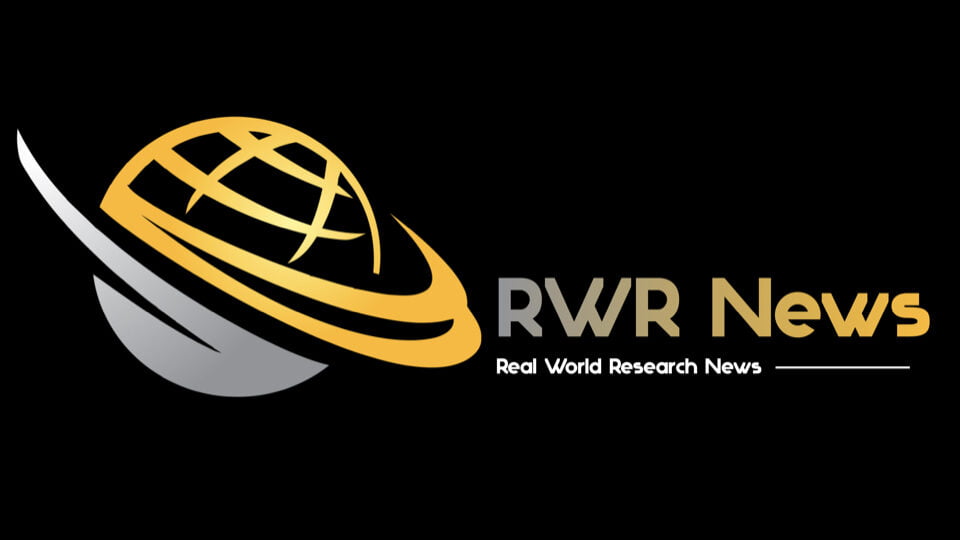
Real-world evidence in advertising
| CONTEXT: A very interesting opinion piece on the implications of the increased role of real-world evidence (RWE) in the pharmaceutical industry. The article lays out the regulatory framework for RWE in the US and EU in terms of the relevant agencies attitudes towards RWE inclusion in approval packages. The author lays out RWE strengths and weaknesses and then moves on to focus on the inevitable increase of RWE studies in supporting medical claims in advertising. And this is where it gets interesting. In Europe there is legislation covering advertising and promotion of RWE (referred to in Europe under the term non-interventional study or NIS) but it is from the study perspective. The guidance makes clear that studies must not be disguised promotion and must not constitute an inducement to prescribe, supply, administer, recommend, buy or sell and medicine. However, the EFPIA Code does not address how the data from NIS may be used in advertising and promotional materials. In the US, the FDA is more stringent in it’s advertising requirements. That said most RWE advertising is aimed towards payers and not consumers. The conclusion that the real-world data landscape is changing and both Europe, in the shape of the HMA-EMA Joint Big Data Taskforce II report, and the US with the upcoming Cures 2.0 Act, will need to address the use of RWE in both regulatory and consumer advertising uses. READ TIME: 10 mins 1. “However, others noted that improvements in data collection and. statistical methods to address potential differences between. comparison groups and data sets meant that high-quality RWE could. be generated, and such studies could contribute to the best. available evidence for a product, particularly given the problem. that clinical trial data might only be able to be extrapolated to. relatively small patient populations.” 2. “This chapter discusses the current position in relation. to the use of RWE by regulatory authorities in the EU and U.S., and. considers how such data can be used to support the advertising and. promotion of medicinal products.” 3. “RWE and Its Strengths and Weaknesses. Regulatory and clinical decision-making continues to focus on. the use of RCTs to evidence the safety and efficacy of a product,. and to avoid bias being introduced into the data.” 4. “This group produced a report in December 2019, and the joint. HMA/EMA Big Data Steering Group has since been set up to implement. the recommendation from the task force.4 The EMA. regulatory science strategy to 2025 also includes goals to promote. use of high-quality RWD in decision-making and develop network. competence and specialist collaborations to engage with big. data.5 However, as yet, there are no concrete principles. or guidelines for authorisation holders or applicants on how RWE. can be used or on the parameters of such use.” 5. “Whistle-blowers and their lawyers are increasingly. focused on perceived study integrity issues in RWE activities. developed to support product labelling claims, including where. purported data collection activities focus on scientifically. unsound methodologies or unvalidated endpoints.10. Use of RWE in Advertising Claims in the EU. In relation to advertising and promotion, the European. Federation of Pharmaceutical Industries and Associations (EFPIA). Code includes provisions on NIS, which are a method of collecting. RWE.11 NIS must be conducted with a primary scientific. purpose and similar to the concerns expressed in the U.S., the. EFPIA Code makes clear that they must not be disguised promotion,. and must not constitute an inducement to prescribe, supply,. administer, recommend, buy or sell any medicine.” Source URL: https://www.mondaq.com/unitedstates/advertising-marketing-branding/1091460/real-world-evidence-and-its-use-in-advertising-of-medicinal-products-in-the-eu-and-us- |
